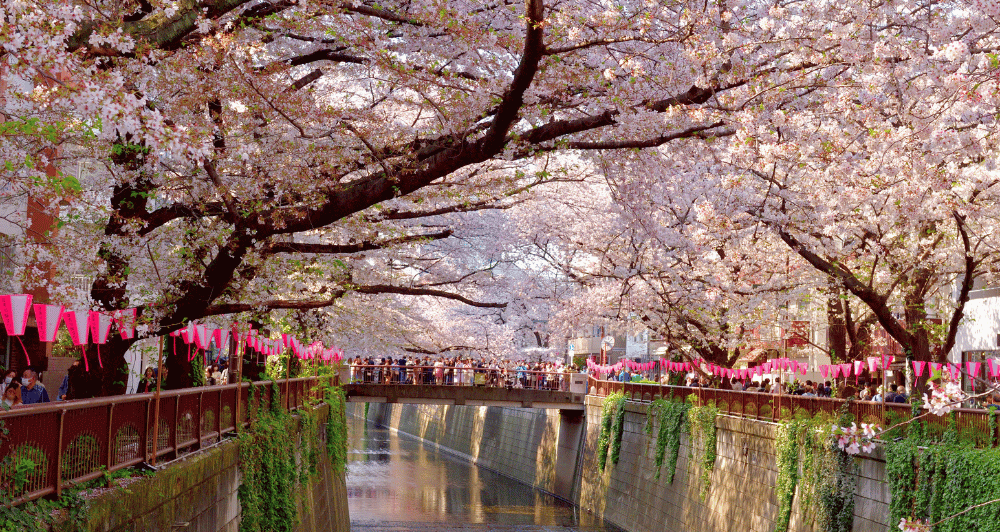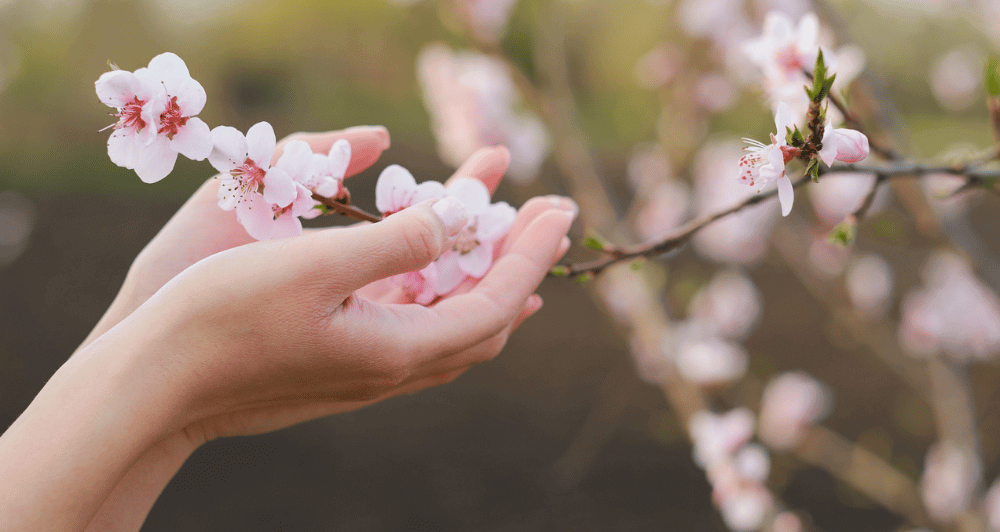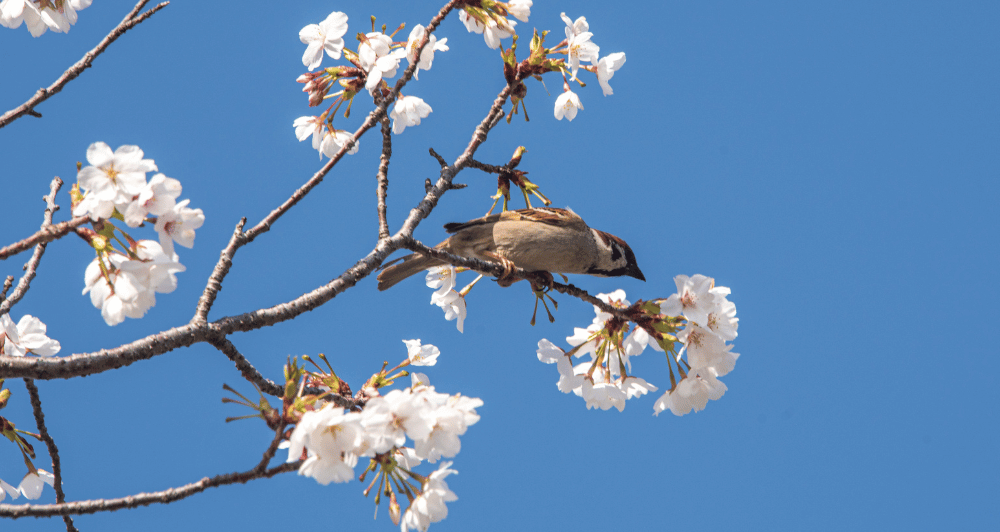How to Be Present: Lessons from Japan's Spring Rituals
Few seasons get photographed more than Japan in spring. You’ve seen the pictures: pale blossoms, temple steps dusted in pink, scenic picnics taking place beneath trees. It’s undeniably beautiful. But what doesn’t always come through in the photos is how spring feels. Because when you’re actually there - when you slow down and take it all in - it’s not just a season. It’s a whole way of being. And if you’re willing to lean into that, Japan's spring rituals quietly teaches you something we don’t always make time for anymore: how to be present.

Hanami: More Than a Picnic
You might know the word hanami (花見), it means “flower viewing.” But it’s not just about seeing cherry blossoms. It’s an experience people plan for, look forward to, and don’t do half-heartedly. Groups of friends gather under blooming trees with seasonal snacks, bento boxes, drinks, and music. And there’s no rush to the ritual – people linger to talk, laugh, and to look up. It sounds so incredibly simple, but somehow it becomes something a bit bigger than it first seems.
What stands out most when you take part is how focused everyone is. Not on phones, not on content – but on the moment. The blossoms are fleeting, and that’s the whole point. You watch because the privilege may only last for a week, and in doing that - just noticing - you stop multitasking. You just exist exactly where you are.

Appreciating What Won’t Last
There’s a Japanese phrase I love: mono no aware (物の哀れ). It’s hard to translate exactly into English, but it’s a kind of quiet awareness that things don’t last, and that their impermanence makes them even more beautiful.
The world over, spring is full of these reminders. Blossoms bloom and fall. Rain showers come and go. In Japan, a tea cup might get chipped – but it’s still used. It’s a gentle reminder that trying to hold on too tightly misses the point, because these things were never meant to stay around, or remain perfect, forever.
And when you travel with that in mind, you really do start to do things differently. Maybe you stay on the beach when a shower has descended. You drink your sundowner even more slowly. You leave space in your daily schedule to just wander. It becomes less about ticking a destination off a list and more about letting the place properly reach you.

Spring on a Plate
If you want to know what season it is in Japan, you only need to look at the food. In spring, you’ll find sakura mochi in convenience stores – pink rice cakes wrapped in salted cherry leaves. You’ll see sweets infused with plum or yuzu, and local cafés bring out limited-time menus that only exist for a few weeks.
It’s not done to tap into a new trend or to be Instagrammable. It’s just how Japan marks time – through taste, texture, colour. April doesn’t look or feel like March, spring tastes different than autumn, and if you miss it, that’s it until next year.
As a traveller, tuning into that rhythm is surprisingly grounding. It helps you think about your choices: what you eat, where you go, even how you walk through a market. You’re not skimming the surface and sightseeing, you’re syncing up with what’s actually happening around you.

When Doing Nothing Becomes the Point
There are so many spring moments in Japan that stay with you, and not because they’re big or dramatic. A quiet tea ceremony in Kyoto. A walk through a mossy garden in Kanazawa. Watching a wedding procession pass serenely beneath the blossoms of a local temple.
They’re peaceful, but more importantly than that, they invite and encourage stillness. Japan knows how to let beauty unfold slowly, and it doesn't need to be chased, you just have to be still long enough to notice it.
Some of your favourite moments in Japan might turn out to be the least planned. Sitting under a tree with a hot drink, listening to birdsong in a quiet temple, taking the long route back to your hotel just to walk by a canal lined with petals. Small things stick, and they shift how you see time and how you travel.

What Cherry Blossoms Leave Behind
If you’re planning a trip to Japan in spring, it’s worth knowing this: the beauty is real, but so is the message behind it. The season doesn’t ask you to do much – just to notice. To stop scrolling. To be where you are. And in a world that’s always asking us to move faster, do more, cherry blossom season offers the opposite. A reason to pause, a cue to breathe, and a little reminder that presence is something you can still practice – even in the modern world.
Even after you’ve left, you’ll start noticing more: how the light changes at home, how a breeze ripples through the trees. You feel time a little differently and you slow down without trying to.
That’s what spring in Japan really offers. Not just a pretty landscape, but a mindset shift. One that might just follow you home.
Explore All of Our Japan Itineraries










